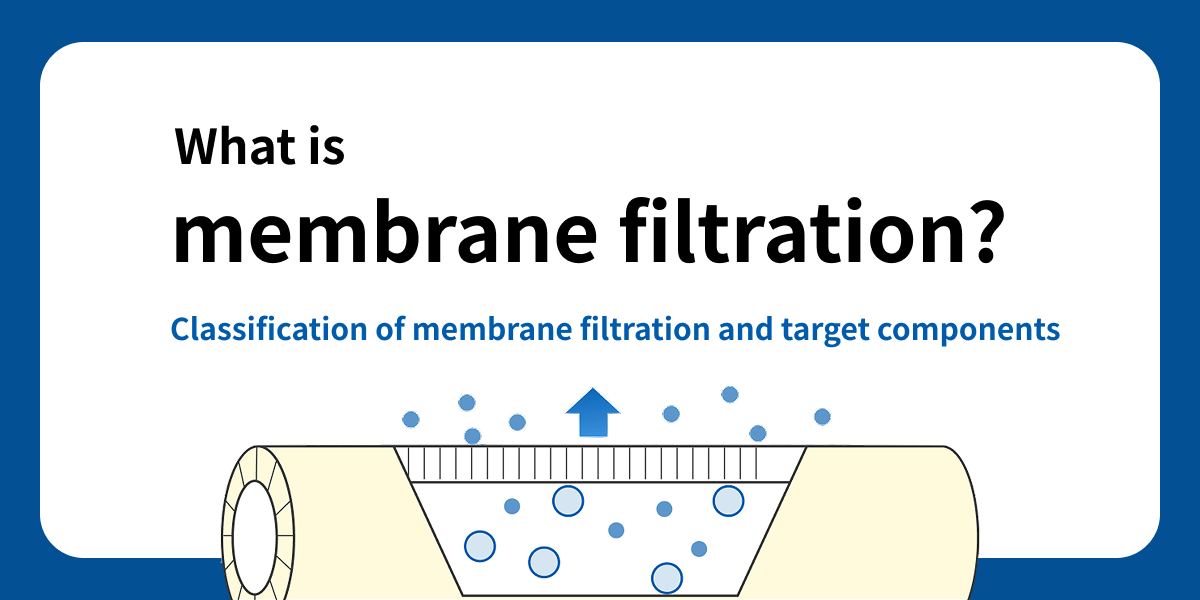What Is a Hollow Fiber Membrane
A hollow fiber membrane is a straw-shaped hollow fiber porous body that uses its porous wall as a separation membrane. Depending on the shape of the porous body, it is used as various separation membranes such as RO, UF, and MF membranes. Microza® offers products that modularize hollow fiber UF and MF membranes.
Hollow Fiber Membrane Filtration
Filtration using hollow fiber membranes is called hollow fiber membrane filtration. It is used in water treatment such as water purification and wastewater treatment, as well as in industrial processes for food and pharmaceuticals. The main advantages of filtration using hollow fiber membranes are as follows.
-
A large membrane surface area per unit volume can be achieved, allowing for compact filtration equipment.
-
Cross-flow filtration provides a flow parallel to the membrane surface, enabling continuous filtration while suppressing membrane surface blockage.
-
Continuous filtration is possible by periodically removing deposits from the membrane surface through backwashing, which is difficult with flat membranes.
-
Unlike sand or diatomaceous earth filtration, the filtration accuracy remains constant, enabling stable filtration quality.
-
Automation of membrane filtration systems enables unattended operation.
Click here for tips on solving issues related to filtration and separation.
Asahi Kasei's hollow fiber membrane Microza® for filtration and separation is used in a wide range of fields, including pharmaceuticals, pharmaceutical water, food, chemicals, semiconductors, as well as power, water supply, and industrial water. Please see here for Microza® applications, solutions by industry, and case studies.



